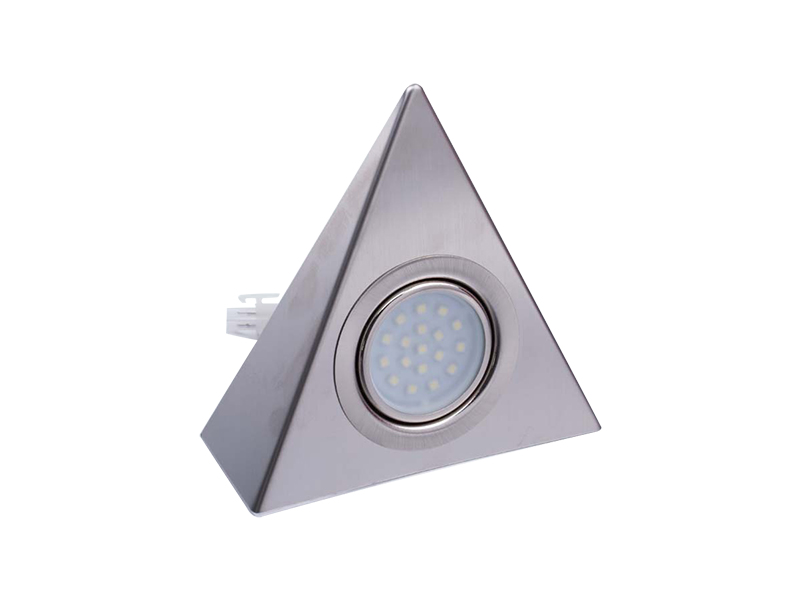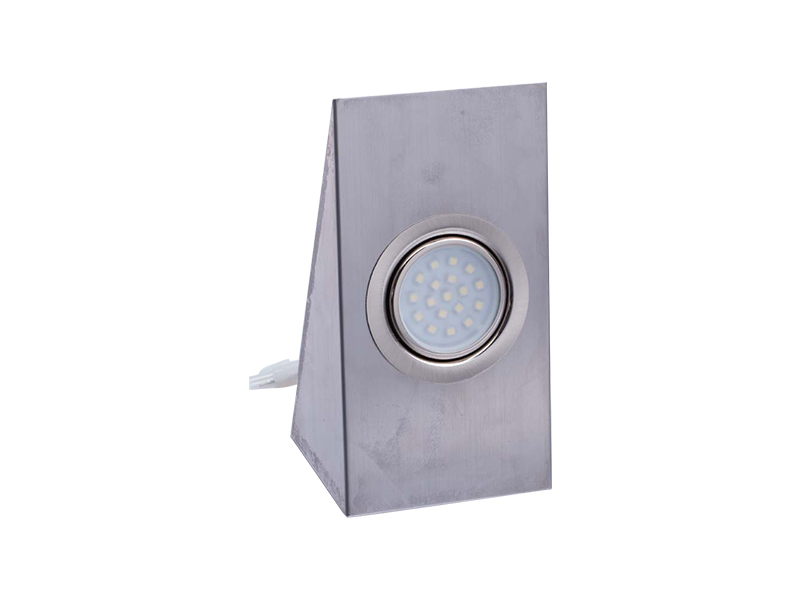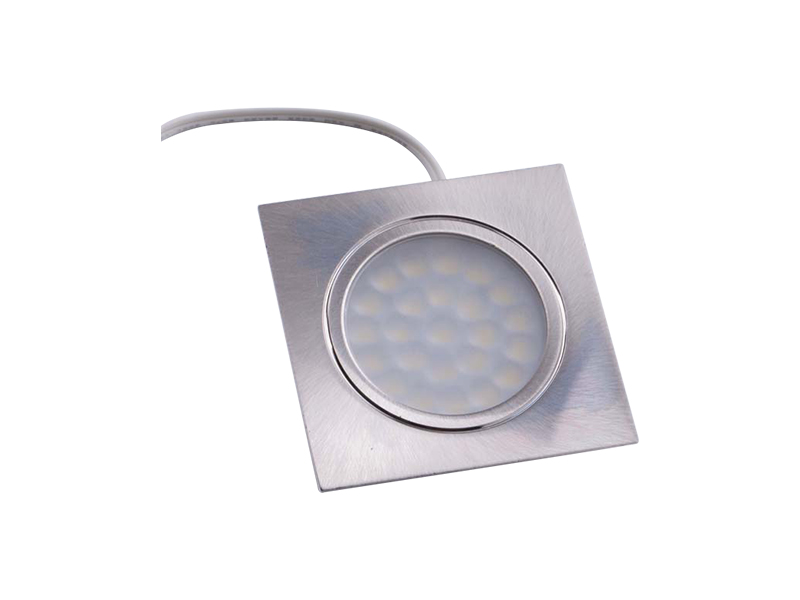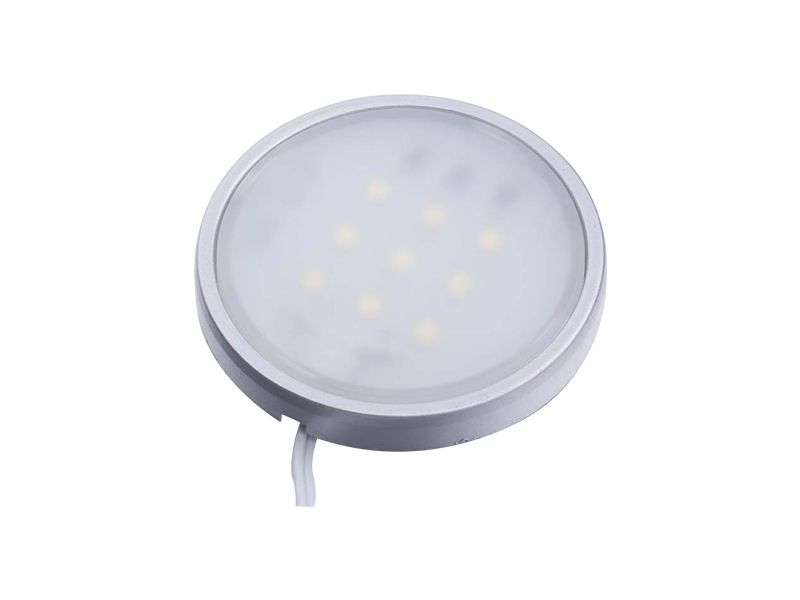-

E-mail:[email protected]
-

Telphone:+86-574-88073028
-

FAX:+86-574-88073029
QR code on
mobile phone
Welcome to Eastkey!
Welcome to Dongke!
Overview of the induction control function of LED cabinet lights
The induction control function of LED cabinet lights is one of the more common designs in the field of home lighting in recent years. It mainly uses infrared sensing, microwave sensing or light sensing to realize that the light is automatically turned on when someone approaches and automatically turned off when no one is around. This control method can not only reduce energy waste, but also improve user convenience, especially for short-term use spaces such as kitchens and storage rooms. Different types of induction control have differences in sensitivity, recognition angle and response speed, and users can choose according to actual needs.
How to implement the intelligent dimming function
Intelligent dimming is another major function of LED cabinet lights. It is mainly controlled by touch switches, wireless remote controls or smart home systems to adjust the brightness and color temperature of the lights. The advantage of touch dimming is that it is easy to use. Users can adjust it directly by touching the lamps or the matching control panel; remote control dimming can achieve long-distance control, which is suitable for installation locations where cabinets are high or difficult to reach; the dimming function connected to the smart home system can control the lights through mobile phone applications or voice assistants to meet the needs of diverse usage scenarios.
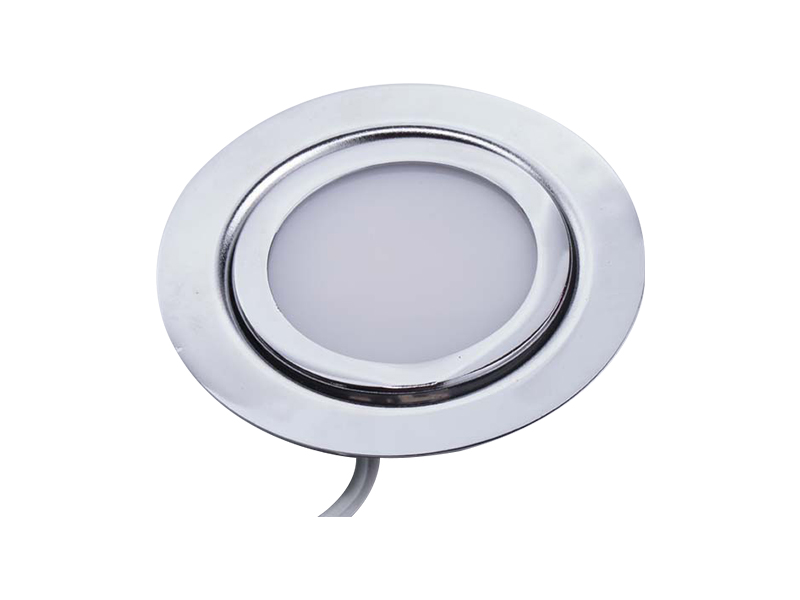
Combined application of induction control and intelligent dimming
In some high-end products, LED cabinet lights combine induction control with intelligent dimming functions to achieve automatic switching and brightness adjustment of lights. For example, when the user enters the kitchen at night, the light can be automatically turned on in low brightness mode to reduce light stimulation, and the brightness can be increased manually or by voice when more light sources are needed. This combination of functions improves the user experience, especially for home or commercial spaces that require multi-scene lighting.
Technical types and characteristics of induction control
Common induction control technologies include infrared sensing, microwave sensing and light sensing. Infrared sensing relies on the heat change of the human body to achieve switch control, with high sensitivity but obvious influence by obstruction; microwave sensing detects moving objects through electromagnetic waves, with stronger penetration, and is suitable for more complex installation environments; light sensing automatically adjusts the switch of lamps according to the ambient light brightness, which is suitable for spaces with relatively stable light requirements. These induction methods have their own advantages and disadvantages, and users need to combine the installation location and usage habits when choosing.
Comparison of common induction control methods
| Control Method | Features | Applicable Scenarios |
|---|---|---|
| Infrared Sensor | High sensitivity, easily affected by obstructions | Inside cabinets, wardrobes |
| Microwave Sensor | Strong penetration, less affected by environment | Kitchens, storage rooms |
| Light Sensor | Automatically adjusts based on ambient light levels | Cabinets near windows |
Control modes and advantages of intelligent dimming
Intelligent dimming is mainly divided into two modes: stepless dimming and segmented dimming. Stepless dimming can achieve continuous changes in brightness through long press or sliding operation, which is suitable for users with refined light requirements; segmented dimming can quickly switch through preset brightness levels, which is more convenient for daily use. Both dimming modes help improve the practicality and comfort of cabinet lights, allowing users to flexibly adjust the lighting environment according to different task requirements.
Adaptability of LED cabinet lights in different installation environments
There are differences in the functional requirements of LED cabinet lights in different installation environments. For example, in the kitchen environment, lamps need to take into account both lighting and energy saving, so induction control is particularly practical; in display cabinets, intelligent dimming functions are more popular because it can adjust the brightness and color temperature of light according to the needs of display items to enhance the visual effect. The requirements for induction sensitivity and dimming range in different environments are also different, and the design and selection need to be combined with specific application scenarios.
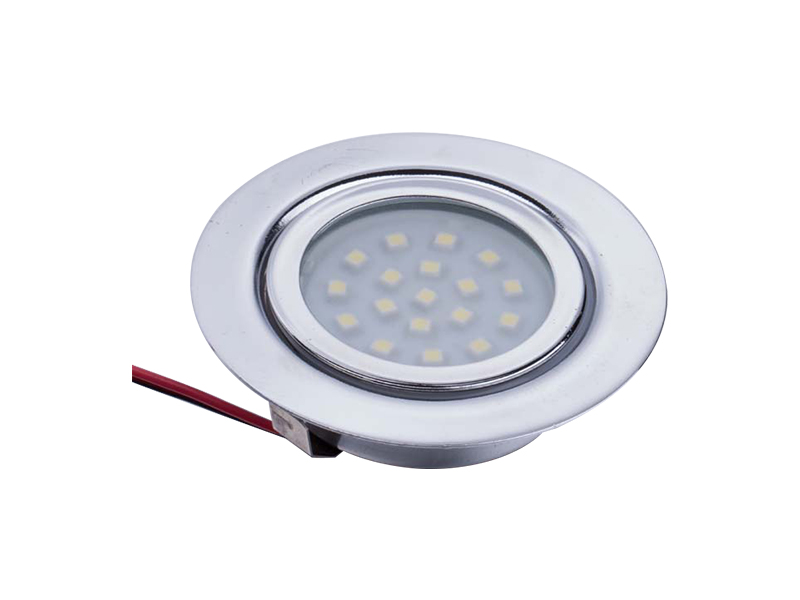
Energy-saving effect of induction control and intelligent dimming
Induction control reduces unnecessary power consumption through automatic start and stop, which is especially suitable for spaces that are frequently used for a short time, while intelligent dimming can effectively reduce energy consumption by adjusting the brightness. In practical applications, the combination of the two not only improves lighting efficiency, but also extends the service life of LED lamps, because the lamps will not maintain high brightness for a long time, reducing the speed of light source aging. This is especially important for users who pursue low energy consumption and sustainable development.
Precautions in installation and use
When installing LED cabinet lights with induction control or intelligent dimming functions, you need to pay attention to the installation position of the sensor to ensure that its sensing range covers the main use area. For intelligent dimming, users need to reasonably choose the control method to make daily operation smoother. In addition, some sensing devices are sensitive to temperature and humidity, so when installed in high humidity areas such as kitchens, products with moisture-proof design should be selected.
Post-maintenance and system compatibility
In the post-maintenance of LED cabinet lights with intelligent functions, it is necessary to regularly check whether the sensors are working properly and whether the control system is compatible with other smart home devices. If connected to the smart home system, the software needs to be adjusted in time according to the system update to ensure the stable operation of the function. For more complex installation environments, it is recommended to be debugged by professionals to avoid functional limitations due to improper settings.
top
E-mail:[email protected]
Telphone:+86-574-88073028
FAX:+86-574-88073029
